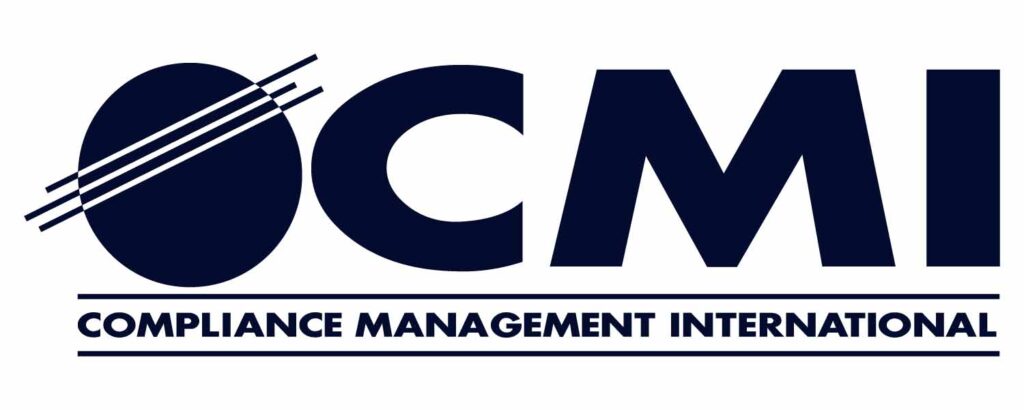What was the webinar about?
EHS Recordkeeping, the “backbone of EHS Compliance.” Why is it important to report, record keep, and plan ahead? Chris Maye and Erin Rymsa will share the regulatory requirements as well as best practices for planning out your compliance calendar, preparing for your annual reports and EHS recordkeeping dos and don’ts.
Why is Recordkeeping Important?
Environmental, Health, and Safety (EHS) recordkeeping is important for several reasons:
- Regulatory Compliance: Many countries have strict regulations and laws governing environmental protection, workplace safety, and health standards. Proper recordkeeping helps organizations demonstrate compliance with these regulations, reducing the risk of legal issues and penalties.
- Risk Management: Maintaining comprehensive records allows organizations to identify and assess potential risks related to environmental, health, and safety aspects. This helps in developing effective risk management strategies to mitigate and prevent accidents, injuries, or environmental incidents.
- Incident Investigation: In the event of an environmental incident, workplace accident, or health-related issue, accurate and detailed records are crucial for conducting thorough investigations. This information helps determine the root causes of incidents and implement corrective actions to prevent recurrence.
- Employee Safety: EHS recordkeeping contributes to ensuring the safety and well-being of employees. By documenting safety training, equipment inspections, and incident reports, organizations can track and improve safety performance, fostering a safer work environment.
- Emergency Preparedness: In case of emergencies such as fires, chemical spills, or natural disasters, having up-to-date EHS records aids in responding quickly and effectively. This includes information on emergency response plans, evacuation procedures, and contact details for relevant authorities.
- Continuous Improvement: Regularly reviewing EHS records allows organizations to identify areas for improvement. By analyzing trends and patterns, companies can implement changes to enhance overall environmental performance, workplace safety, and employee health.
- Stakeholder Confidence: Transparent and accurate EHS recordkeeping can enhance the trust and confidence of stakeholders, including customers, investors, and the public. It demonstrates a commitment to responsible business practices and sustainability.
- Audits and Inspections: Regulatory agencies and internal auditors may conduct inspections to ensure compliance with EHS standards. Proper recordkeeping simplifies the audit process by providing evidence of adherence to regulations and standards.
In summary, EHS recordkeeping is a critical component of organizational management, ensuring legal compliance, minimizing risks, safeguarding employee well-being, and contributing to overall sustainability and responsible business practices.
We discussed:
- OSHA Recordkeeping Requirements
- Training Documentation
- Preparing for your annual reports
- Planning ahead for 2024
Presenter:
Chris Maye P.E., Senior Project Manager – Environmental Services, cmaye@complianceplace.com
Erin Rymsa, Director of Training Services, erymsa@complianceplace.com
EHS Recordkeeping
A recording of this presentation is now available. Complete the form below to view.
"*" indicates required fields
